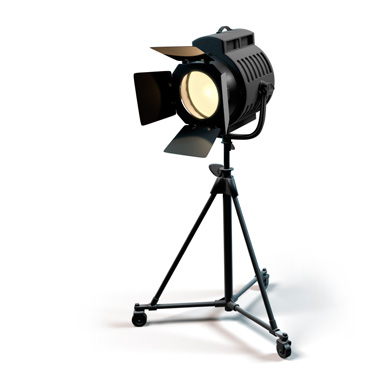
Reform of European Design Law

On 8 December 2024, the European Union’s amended Design Regulation (Regulation (EU) 2024/2822) and the revised Design Directive (Directive (EU) 2024/2823) entered into force. One of the aims of the reform is to modernise and harmonise European design law.
Below we present some of the forthcoming changes in design law.
Change of terminology
As a first step, the reform has changed the terminology: the term ‘Community design’ has been replaced by ‘European Union design’. Originally, the term ‘Union design’ had been used, which would have been consistent with the subsequent change in the Design Directive:
The Design Directive replaces the term ‘design patent’ with ‘design’. This does not lead to any changes in the German Design Act (DesignG). The term has existed there since the design law reform in 2014.
Extension of the definitions for registered designs
The definition of a design is extended to include ‘movement, transition or any other sort of animation’. This clarifies that these product features can also be protected.
Extension of the definitions of products
The definition of ‘product’ has also been broadened. Firstly, it has been clarified that the design does not necessarily have to be incorporated in a physical object or take a physical form.
In addition, the catalogue of examples has been extended to include sets of objects, spatial arrangements of objects intended to form an interior or exterior design, and graphical user interfaces. This covers, for example, digital spaces such as shop designs.
Extension of prohibited acts
Another aspect of the reform concerns the prevention of the creation and use of CAD files to enable the 3D printing of products incorporating a protected design.
In addition to the previous infringing acts, it is now clarified that it is an infringement to create, download, copy, share or distribute media or software in which a design is recorded for the purpose of enabling the manufacture of a product in which the design is incorporated or to which the design is applied.
Repair clause
With a binding repair clause, the Design Directive introduces a provision that is not yet widely used. This does not entail any significant changes for German Design Act (DesignG), which already contains a repair clause. The Union Design Regulation also revises the existing repair clause in Union law.
New limitations
The limitations in design law, which are rather narrowly defined compared to copyright law, are extended by two further limitations.
In the future, ‘acts carried out for the purpose of identifying or referring to a product as that of the design right holder’ and ‘acts carried out for the purpose of comment, critique or parody’ will no longer constitute infringements under the conditions of the limitations. This may lead to simplifications in the field of advertising, among others.
Introduction of labelling
Another new feature is the possibility of identifying protected designs by means of a symbol in the form of a “D” in a circle.
The aim of the labelling is to facilitate the marketing of registered designs and to increase the visibility of design protection.
Adaptation of fees (EUIPO)
The fees for registered Community designs will also be adjusted. In particular, renewal fees will increase. The fees for the first renewal will be €150, for the second €250, for the third €400 and for the fourth €700.
It is important for right holders to note that the EUIPO uses the date of receipt of the renewal application as the reference date for calculating the renewal fees. It is therefore necessary to check whether designs can be renewed before the reference date in order to benefit from the old fees.
Validity/implementation
The EU Designs Regulation will apply in part from 1 May 2025 and in full from 1 July 2026. The Design Directive must be transposed into national law by 9 December 2027.
Conclusion
The reform will require few changes to the German Designs Act, as it is already largely in line with the Design Directive.
It will be particularly interesting to see how the case law develops with regard to the new limitations, as some details still need to be clarified.
Rights owners should familiarise themselves with the new provisions at an early stage in order to avoid gaps in protection and to prepare for the changed fee structure, especially in the case of large portfolios.


